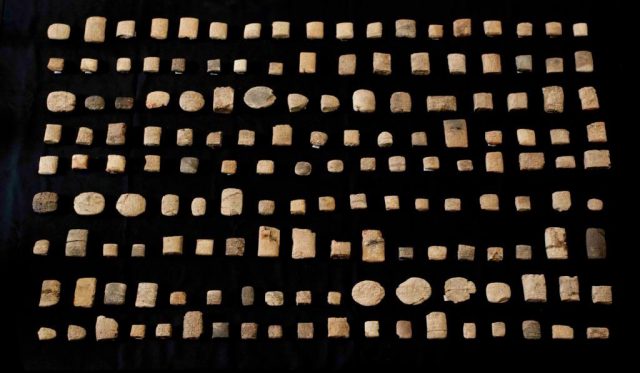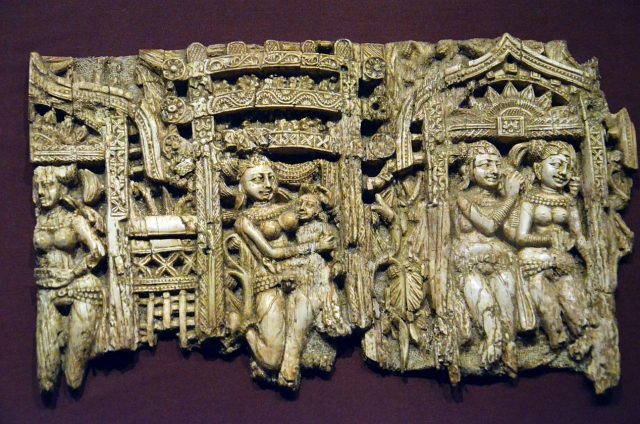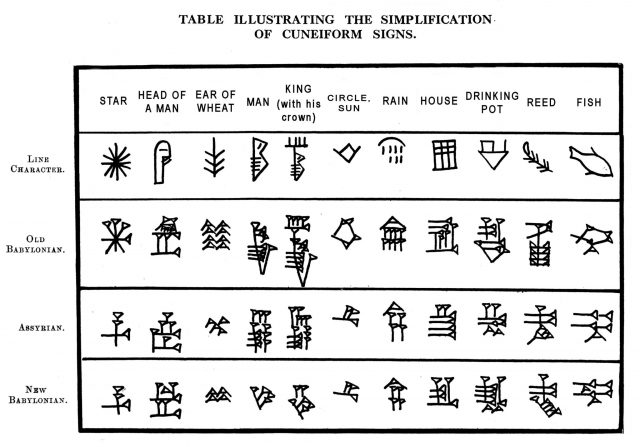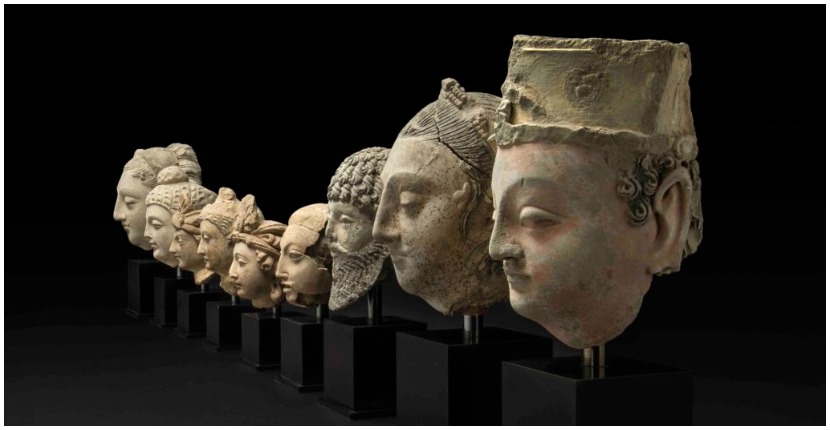Hundreds of Iraqi and Afghanistan artifacts currently residing in the British Museum that were looted from museums and archaeological sites during recent wars have been returned to those countries, in some cases with the assistance of the British Museum and help from the UK Ministry of Defence.
“Iraq is home to relics of the world’s most ancient urban civilizations, but its priceless heritage has been plundered during the country’s wars and upheavals, and its precious antiquities sold to collectors abroad,” according to Art Daily.
The Afghanistan objects include items made in three separate seizures by the UK Border Force as they were being smuggled into the UK, as well as another group from other investigations by the Art and Antiques Unit of the Metropolitan Police. These looted artifacts were identified as originating in Afghanistan by the British Museum and were stored at the Museum for safekeeping and recording until their return to Kabul.

Additional objects were saved by private individuals, according to the British Museum. “These include exquisite examples of the Begram Ivories, which were featured in the exhibition Afghanistan: Crossroads of the Ancient World at the British Museum in 2011, and an important sculpture of Buddha. Both were stolen from the National Museum of Afghanistan during the civil war (1992-1994) and found their way onto the black market.” The consignment also includes a coin found at Bamiyan in 1970 and presented by the finder to the National Museum of Afghanistan after seeing the exhibition.

Curator St. John Simpson described the sculptural fragments, which were likely targeted during the Taliban’s 2001 iconoclasm spree, as stunning and “quite outstanding” in an interview with The Guardian.
More than 150 Mesopotamian cuneiform texts on clay, which were seized upon their entry to Britain in 2011, will be returned to the National Museum of Iraq in Baghdad. The texts, which date from the mid-third millennium BC to the Achaemenid period, are financial documents from the archives of the lost city of Irisagrig. The objects in the British Museum were likely looted in the aftermath of the invasion of Iraq in 2003.

Art Daily said, “The U.S. military was heavily criticized for not protecting the Iraqi National Museum’s trove of relics and art following Baghdad’s fall in 2003. Thieves ransacked the collection, stealing or destroying priceless artifacts that chronicled some 7,000 years of civilization in Mesopotamia, including the ancient Babylonians, Sumerians and Assyrians.”
Related Video:
https://youtu.be/5S_GLjrKc0U
Iraqi and world culture officials have struggled to retrieve such treasures. About 15,000 pieces are still missing from the museum that reopened last year, according to the Deputy Director of the Iraqi museum, Mohammed Muhsen Ali. More than 5,000 pieces have been returned since 2003, he said.
“Today is a celebration. This is bringing back the civilization and the cultural heritage of Iraq,” Ali said.
Some items were stolen years ago from museums but after the invasion of Iraq, thousands of artifacts were taken directly out of the ground at archaeological digs. Experts reported an increase in Mesopotamian artifacts offered for sale by various online retailers.
In a story published in The Atlantic, Oya Topçuoğlu, a lecturer at Northwestern University who specializes in Mesopotamian archeology, said, “It is so, so easy to fake the provenance. You can say, ‘My grandfather bought this when he visited the Middle East in 1928 and it’s been sitting in our attic since then.’ Or ‘This belongs to the collection of a Swiss gentleman who bought it in the ’50s.’ No one can prove otherwise, and no one will be any the wiser.”
Related Video: Ancient Babylonian Artifact Seized at London Airport Returns to Iraq
In the same article, Iraqi archeologist Abdulameer Al-Hamdani noted that, whereas you might find artifacts selling for $400 online, the properly documented artifacts he encounters tend to sell for closer to $400,000. It’s not that the cheaper ones are counterfeits. Alarmingly, they tend to be real, he said. “These Iraqi antiquities are very cheap because people want to get rid of them,” he said. “Maybe because they don’t have documentation for them.”
